How to prevent cotton bale wrap film from being punctured
2025-04-25
During use, cotton bale wrap film is prone to lose its protective function due to puncture by sharp objects. To enhance its puncture resistance, we can start from material selection, production process and usage methods.
1. Optimize material properties
Selecting high-strength raw materials is the basis for improving puncture resistance. When producing cotton bale wrap film, high-modulus polyethylene or adding reinforcing fibers such as glass fiber and aramid fiber are used. These reinforcing fibers can be evenly distributed in the film. When squeezed by sharp objects, the fibers can disperse stress and prevent the film from being easily punctured. Anti-puncture modifiers can also be added to the raw materials to change the molecular structure of the film, increase its toughness and reduce the risk of puncture.
2. Improve production process
The molecular orientation of the film can be improved through the biaxial stretching process, so that the film has better strength and toughness in both the transverse and longitudinal directions. Precisely controlling parameters such as stretching temperature, speed and stretching ratio can achieve the best mechanical properties of the film. The multi-layer co-extrusion process is used to compound materials with different functions. For example, the outer layer uses materials with high hardness and strong wear resistance, and the inner layer uses materials with good flexibility to form a "rigid-flexible" structure, which can effectively resist the impact of sharp objects.
3. Use and maintenance
When packing cotton bales, check in advance whether there are sharp cotton branches, metal fragments, etc. on the surface of the cotton bale. If there are any, they need to be cleaned in time. During operation, try to avoid direct contact and friction between the film and sharp objects. Reasonably plan the winding method, increase the number of winding layers in areas susceptible to wear and puncture, such as the corners of the cotton bale, to form an additional protective barrier. When storing cotton bale wrap film, choose a dry and flat environment to prevent the film from being damaged and aged due to improper storage, affecting the anti-puncture performance.
1. Optimize material properties
Selecting high-strength raw materials is the basis for improving puncture resistance. When producing cotton bale wrap film, high-modulus polyethylene or adding reinforcing fibers such as glass fiber and aramid fiber are used. These reinforcing fibers can be evenly distributed in the film. When squeezed by sharp objects, the fibers can disperse stress and prevent the film from being easily punctured. Anti-puncture modifiers can also be added to the raw materials to change the molecular structure of the film, increase its toughness and reduce the risk of puncture.
2. Improve production process
The molecular orientation of the film can be improved through the biaxial stretching process, so that the film has better strength and toughness in both the transverse and longitudinal directions. Precisely controlling parameters such as stretching temperature, speed and stretching ratio can achieve the best mechanical properties of the film. The multi-layer co-extrusion process is used to compound materials with different functions. For example, the outer layer uses materials with high hardness and strong wear resistance, and the inner layer uses materials with good flexibility to form a "rigid-flexible" structure, which can effectively resist the impact of sharp objects.
3. Use and maintenance
When packing cotton bales, check in advance whether there are sharp cotton branches, metal fragments, etc. on the surface of the cotton bale. If there are any, they need to be cleaned in time. During operation, try to avoid direct contact and friction between the film and sharp objects. Reasonably plan the winding method, increase the number of winding layers in areas susceptible to wear and puncture, such as the corners of the cotton bale, to form an additional protective barrier. When storing cotton bale wrap film, choose a dry and flat environment to prevent the film from being damaged and aged due to improper storage, affecting the anti-puncture performance.
You Might Also Like
-
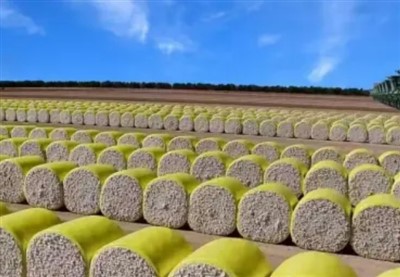
what are the advantages of cotton packaging film
-
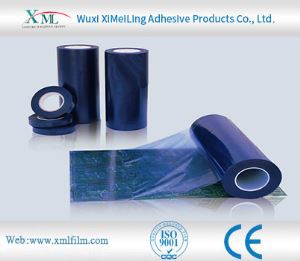
How does pe protective film cope with high temperature environment
-

The Advantages of Cotton Wrap Film
-
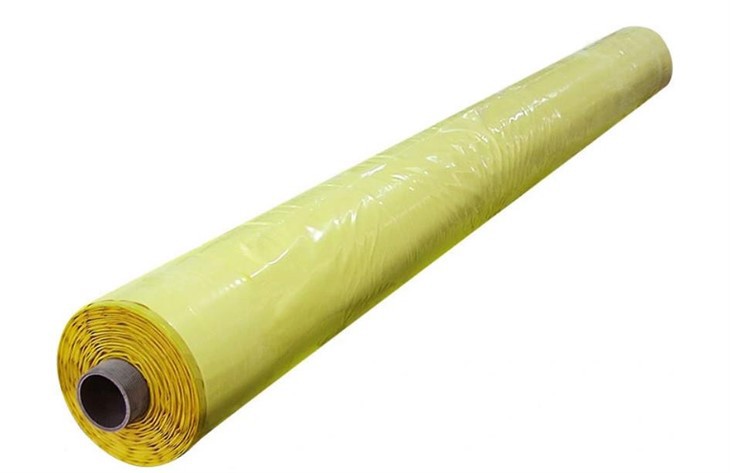
Advantages of Cotton Bale Wrap Film
-
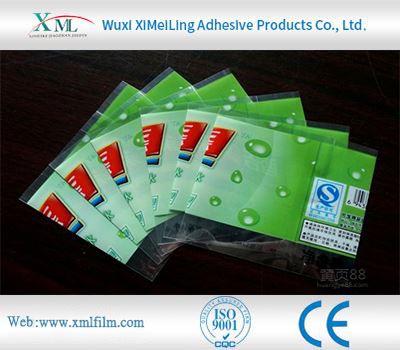
How Polyethylene Packaging Material Copes with High Temperature Environment
-
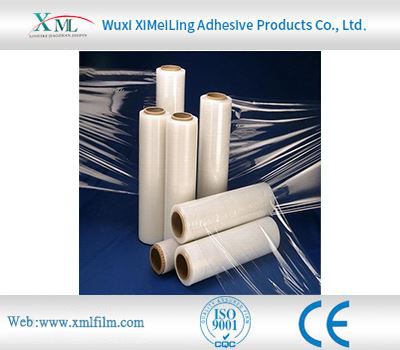
How to Remove Protective Transparent Plastic Film Without Damaging the Surface
